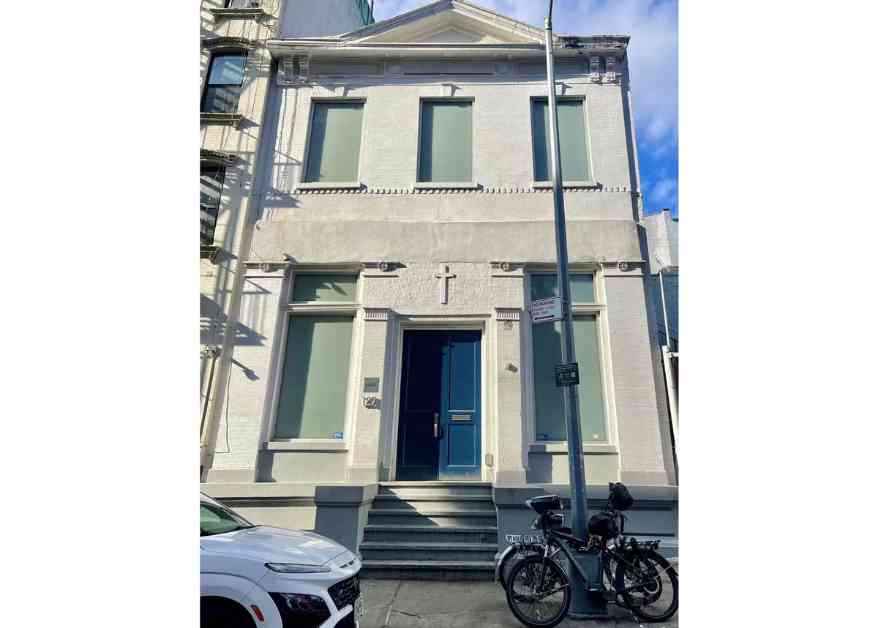Shanghai Gallery “Bank” Makes Its Mark in New York Art Scene
Shanghai’s Bank gallery, a prominent art space in China, is venturing into the unpredictable global art market by opening a pilot space in New York. From March 21 to mid-August, Bank will operate at 127 Elizabeth Street, temporarily taking over Nathalie Karg Gallery. The inaugural shows will feature a solo exhibition by Patty Chang and a group exhibit curated by Yuan Fuca. Mathieu Borysevicz, the founder of Bank, describes this endeavor as a “tasting menu” of their program, aiming to test the waters in New York.
### A New Perspective on Art Spaces
Amidst the evolving art landscape, Borysevicz is relocating Bank’s Shanghai space to a cultural industry park in the Jing An district to enhance the gallery’s flexibility. The new Shanghai space will open with a solo show by Lin Ke on March 30. Borysevicz’s familiarity with New York’s art scene traces back to his time at Jack Tilton Gallery in the late ’90s, where he met Patty Chang and built a lasting friendship. His connection with Chang extends to producing her 2007 film and hosting solo exhibitions for her in Shanghai.
### Navigating Global Art Fairs
Bank has been a prominent presence at various art fairs, participating in around 22 between 2023 and 2024. However, Borysevicz is scaling back, aiming to engage more deeply with artists and audiences in New York beyond the typical art fair circuit. He seeks to connect with Chinese collectors residing in the US and establish ties with museums in the city. This strategic pivot aligns with his vision of operating more precisely and meaningfully in a rapidly changing art landscape.
### Adapting to Changing Realities
Borysevicz’s journey from an artist to an independent curator and eventually founding Bank underscores the gallery’s evolution over a decade. Bank’s origins as a “curatorial studio” led to its establishment as a commercial gallery, guided by a commitment to nurturing emerging talents. The gallery’s displacement from its original space in 2016 prompted a strategic relocation to Anfu Road, marking a new chapter in Bank’s trajectory of fostering artistic dialogue.
Reflecting on recent challenges, including the pandemic’s impact and economic fluctuations, Borysevicz’s decision to expand Bank’s presence to New York underscores the gallery’s resilience amid market uncertainties. His commitment to showcasing Chinese artists and bridging cultural dialogues remains unwavering, despite logistical hurdles and geopolitical tensions. As Bank embarks on this new chapter, Borysevicz’s strategic vision aims to sustain artistic connections and foster creativity across borders.
In conclusion, Bank’s foray into New York’s art scene signifies a bold step towards international collaboration and artistic innovation, driven by a passion for cultivating diverse voices and fostering meaningful dialogues in the ever-evolving world of contemporary art.












